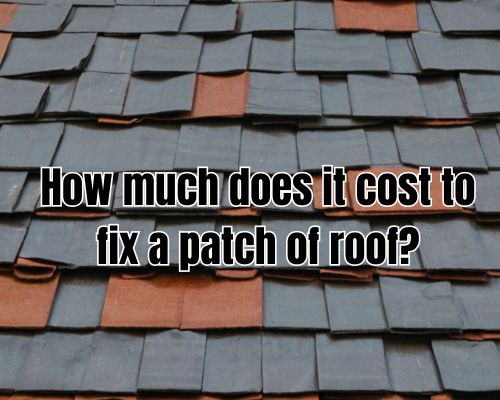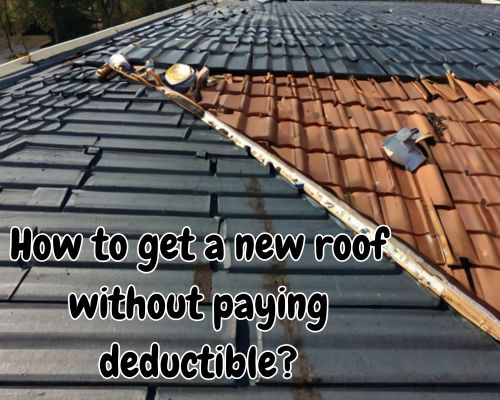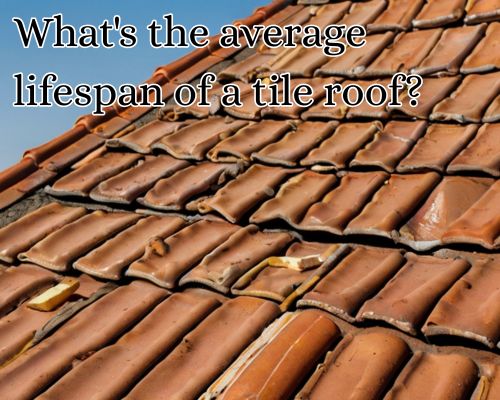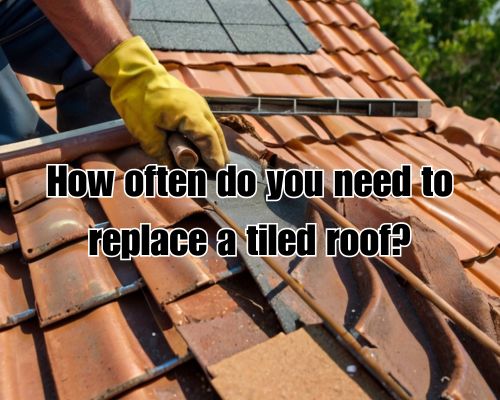How Long Should a Commercial Flat Roof Last in New Jersey?
How Long Should a Commercial Flat Roof Last in New Jersey?
Commercial flat roofs are a staple across New Jersey’s diverse commercial landscape—from industrial complexes in Newark to retail centers in Cherry Hill. But one of the most common concerns property owners face is: how long should a commercial flat roof last?
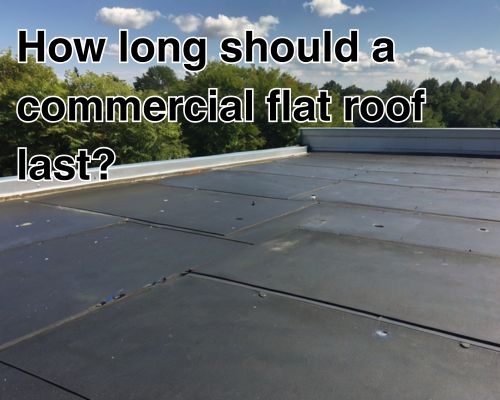
Understanding the lifespan of a flat roof isn’t just about weathering storms or resisting leaks. It’s also about optimizing ROI, meeting local building code standards, and knowing when to plan for replacement to avoid costly repairs or downtime.
With Charles Jimerson of CJ Commercial Roofing NJ, let’s explore the factors that influence the longevity of commercial flat roofs in New Jersey, common roofing materials, climate impact, and best practices for maximizing roof life.
Average Lifespan of a Commercial Flat Roof
The lifespan of a commercial flat roof depends heavily on material type, installation quality, maintenance, and environmental conditions—all of which are especially relevant in a state like New Jersey where winters can be brutal and summers humid.
Here’s a quick overview of average lifespans by flat roofing material:
| Roofing Material | Average Lifespan |
|---|---|
| EPDM (rubber) | 20–30 years |
| TPO (thermoplastic polyolefin) | 15–25 years |
| PVC (polyvinyl chloride) | 20–30 years |
| Built-up roofing (BUR) | 20–30 years |
| Modified Bitumen | 15–25 years |
| Spray Polyurethane Foam (SPF) | 20–30 years |
In New Jersey, EPDM and TPO are especially common due to their resilience against moisture and flexibility in freeze-thaw cycles.
Local Climate Considerations in New Jersey
New Jersey’s climate significantly influences the durability of flat roofs. The state experiences four distinct seasons, with snow loads, ice dams, UV exposure, and humidity fluctuations contributing to roofing wear and tear.
- Winter Snow and Ice: Accumulated snow can create ponding water, which is especially dangerous for poorly sloped flat roofs. Freeze-thaw cycles can cause cracks in membranes and joints.
- Summer Heat and UV Rays: Prolonged sun exposure can degrade certain roofing materials, especially TPO and BUR, without proper UV-protective coatings.
- Hurricane Season: While New Jersey isn’t directly hit often, nor’easters and high-wind events can cause flashing failures, which are a common point of leakage in commercial roofing.
Because of this variability, roof lifespans in New Jersey may skew toward the lower end of the national average unless proactive maintenance is implemented.
Factors That Impact a Commercial Flat Roof’s Lifespan
1. Installation Quality
Hiring licensed and experienced New Jersey commercial roofing contractors especially CJ Commercial Roofing NJ is essential. Improper installation leads to premature failure—even the best materials won’t perform if applied poorly.
2. Drainage Design
Flat roofs must be installed with an adequate slope-to-drain system. Standing water accelerates deterioration and increases the risk of leaks. Local municipalities like those in Hudson and Bergen Counties often require inspection of these systems during building assessments.
3. Maintenance Frequency
Routine inspections can significantly extend a roof’s life. Many New Jersey commercial property managers opt for semi-annual inspections—typically in spring and fall.
4. Foot Traffic
HVAC servicing, satellite installations, and regular foot traffic wear down membranes. Protective walk pads should be installed where regular access is needed.
5. Material Reflectivity and Energy Efficiency
Choosing cool roofing materials or reflective coatings can improve energy efficiency and reduce thermal expansion damage—especially in urban areas like Jersey City or Paterson.
Local Building Code Compliance in New Jersey
In cities like Trenton or New Brunswick, commercial roofs must meet standards set by the New Jersey Uniform Construction Code (UCC). This includes:
- Wind uplift resistance
- Fire rating classifications
- Energy efficiency compliance per ASHRAE standards
Failure to comply with these codes can result in fines, delays in occupancy permits, and insurance claim denials.
Warning Signs of a Roof Nearing the End of Its Lifespan
If your commercial flat roof is over 15 years old, look for:
- Ponding water that doesn’t drain after 48 hours
- Blistering or bubbling in the membrane
- Open seams or flashing gaps around HVAC units
- Increased indoor leaks, especially after storms
- Mold or mildew on ceilings or walls
If you spot these issues, consult a New Jersey-based roofing specialist for a full roof inspection and life expectancy estimate.
Roof Replacement vs. Roof Restoration: Which is Right for You?
When nearing the end of its service life, you have two main options:
🧱 Full Roof Replacement
This involves tearing off the old roof and installing a new system. Best for severely degraded or structurally compromised roofs.
🛠️ Roof Restoration (Coating Systems)
Involves applying a reflective, waterproof coating over the existing membrane. Ideal for relatively intact roofs with minor defects.
Pro tip: In Camden or Atlantic County, many building owners opt for restoration coatings to delay full replacement and benefit from local energy efficiency incentives.
Best Practices for Maximizing Roof Life in New Jersey
- Schedule Biannual Inspections – Spring thaw and autumn leaves are prime damage seasons.
- Clean Drains Regularly – Prevent ponding and internal water damage.
- Install Roof Walk Pads – Reduce damage from maintenance crews.
- Apply Reflective Coatings – Protect against UV and reduce cooling costs.
- Keep Records – Documentation helps with warranty claims and insurance.
Conclusion: How Long Should a Commercial Flat Roof Last?
In New Jersey, a well-installed and maintained commercial flat roof should last 20 to 30 years, depending on materials and weather exposure. However, owners must factor in climate stressors, local code requirements, and maintenance routines to get the most value from their roofing system.
If you’re nearing the 15- to 20-year mark, now is the time to schedule an inspection, budget for upgrades, or consider energy-saving improvements like reflective coatings.
Call to Action
📞 Need expert help assessing your commercial flat roof in New Jersey?
Contact a licensed NJ commercial roofer today for a detailed inspection, life expectancy analysis, and tailored maintenance plan. Whether you’re in Edison, Princeton, or Parsippany, investing in your roof today protects your assets tomorrow.
